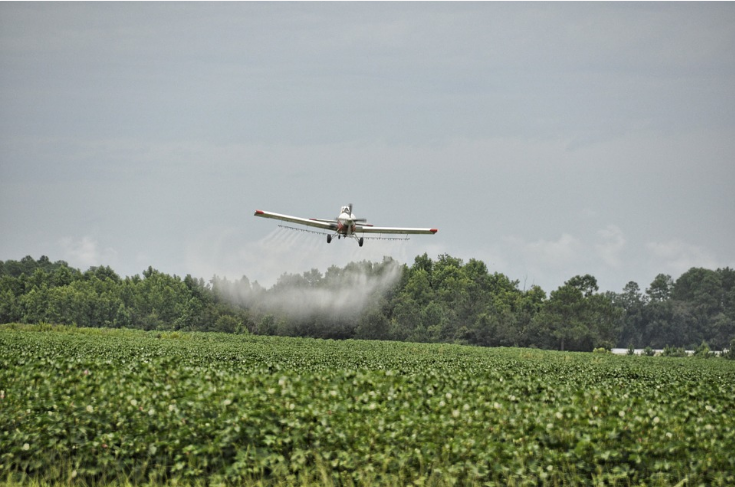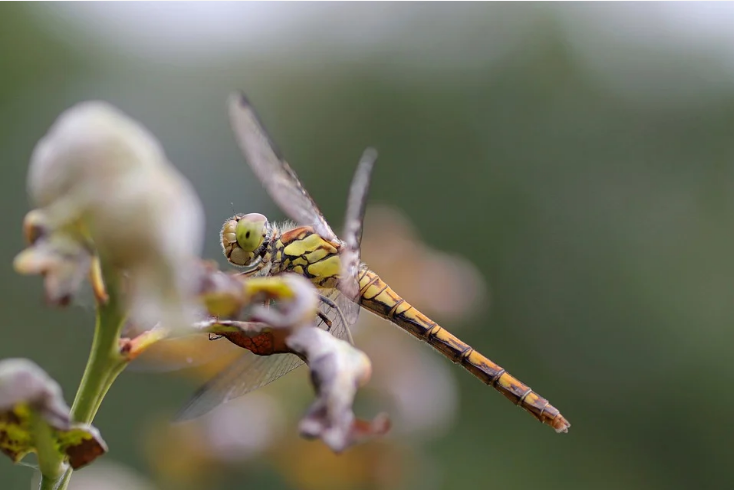
Exhibition time: 17-19 March, 2026 Shanghai, China
 中文
中文

Exhibition time: 17-19 March, 2026 Shanghai, China
 中文
中文

Key words of the passage: biopesticides; India; registration; agriculture
The registration of biopesticides in India is governed under the Insecticides Act 1968 and handled by the Central Insecticides Board (CIB). Realising the importance of biopesticides in agriculture, CIB has approved several categories of products such as:
1. Entomotoxic bacteria (Bacillus thuringiensis, B. sphaericus, etc.)
2. Antagonistic bacteria (Paenibacillus polymyxa, Pseudomonas sp.)
3. Entomopathogenic fungi (Beauveria bassiana, Metarrhizium anisopliae, Nomuraea rileyi, etc.)
4. Antagonistic fungi (Trichoderma sp., Verticillium sp., etc.)
5. Baculoviruses (Nucleopolyhedroviruses (NPV) and Granuloviruses (GV))
6. Botanical pesticides (Pyrethrum, Karanjin, Neem, Cymbopogan, etc.).

CIB has developed guidelines and data requirements covering physical-chemical properties including methods of analysis, toxicity (e.g. acute studies), ecotoxicity, packaging, and labelling information. Biological characteristics include DNA fingerprints reported by the National Bureau of Agriculturally Important Microorganisms (NBAIM), certifying the strains submitted by applicants. Efficacy data need to be generated by controlled research centres according to the Indian Council of Agriculture Research (ICAR/state agricultural universities (SAUs). In addition, CIB has developed standards (minimal infrastructure facilities) to produce biopesticides in regard to general requirements for production, mixing, formulation, laboratory equipment, etc.
In 2019, CIB reclassified the registration categories for biopesticides: Tier-I category (Insecticides Act 9(3b)) with temporary registration based on limited data and Tier-II-category (Insecticides Act 9(3)) with permanent registration based on a complete data package. The committee also decided that handle registrations (me-too) for the same strain/compound of biopesticides (including also botanical products and pheromones) under the Tier-II category, because these have already been introduced in the country according to the relevant provisions of the Law.

Further, The National Mission for Sustainable Agriculture (NMSA) under the National Action Plan on Climate Change (NAPCC), was launched in the year 2010, aiming at sustainable pest management and intensifying research, commercial production, and marketing of biopesticides. The major focus was to develop new biopesticides and technologies such as sterile insect techniques, transgenic insects, novel botanicals, semio-chemicals and microbial metabolites for pest control and the use of disease forecasting systems (NMSA 2010). Zero-Budget Farming, introduced by the government of India in 2015, was a huge success in southern states encouraging the use of biopesticides.
Source: AgoPages
